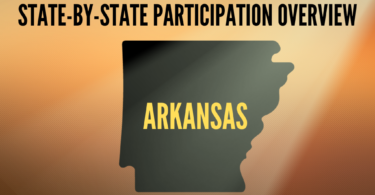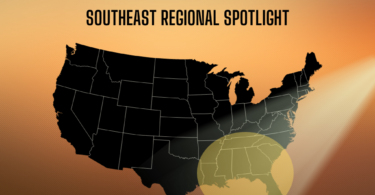You may remember articles like this going out in the past when we discussed Early Signing Periods and Regular Signing Periods. The NCAA has done away with the split signing periods, so we thought it was important to review the NLI program and other signing period information. You can find more information about the exact changes in our Extended Signing Period article and podcast.
November 13, 2019 marks the beginning of the Signing Period for NCAA Division I and Division II prospective student-athletes who are seniors in high school. If you have questions about the Signing Period or what it means to sign a National Letter of Intent (NLI), you’ve come to the right place! Here is what you need to know about the Signing Period and the NLI:
National Letter of Intent
What is the NLI program?
The NLI program is a voluntary program entered into by most of the DI and DII schools and their prospective student-athletes. By entering into the program and using the National Letter of Intent, schools and prospective student-athletes are agreeing to abide by the rules and guidelines, as governed by the NLI Program.
What is an NLI?
An NLI is a binding agreement between a prospective student-athlete and an NLI member institution (college or university). It is the agreement that guarantees the student-athlete his scholarship offer and guarantees the school that the student-athlete will attend that institution. In essence, it makes the commitment and athletic financial agreement official. You have likely heard about “signing an NLI”. Here’s what that means for both the school and player:
- The prospective student-athlete agrees to attend the institution full-time for one academic year (2 semesters or 3 quarters).
- The institution agrees to provide athletic financial aid (scholarship) for one academic year (2 semester or 3 quarters).
Additionally, once a player has signed an NLI, other member institutions are prohibited from contacting or engaging with the prospective student-athlete or his family. In essence, by signing the NLI, you are ending your recruitment from other schools.
Who can sign an NLI?
For high school players, seniors are the only ones who may sign an NLI during their designated signing period. Players transferring to a 4-year institution from a 2-year institution may also sign an NLI.
Can a player get out of an NLI?
There is a process by which a player can request a release from the NLI agreement and the NLI becomes null and void if the student-athlete fails to meet criteria specified in the agreement, including failing to be admitted, recruiting violations, and more. If a player decides not to fulfill their NLI agreement without securing a release, they are penalized. The penalty for a student-athlete not fulfilling their signed NLI agreement is having to spend (2 full-time semesters or 3 full-time quarters) at their next NLI member school before being allowed to compete. In other words, the player loses 1 year of competition in all sports.
For the most up to date and comprehensive information on the NLI visit the NLI website HERE.
Signing Period
What is a Signing Period?
NCAA Division I and Division II programs now have one long signing period for each baseball recruiting class. This is a change from the past, when there were two distinct signing periods (Early Signing Period and Regular Signing Period). The signing period for 2020 graduates lasts from November 13, 2019 until August 1st in 2020 (exact starting dates change each year). Rather than allow for recruits to enter into written financial agreements throughout the entire year, the NCAA provides this long window for when high school seniors can make their verbal commitments official and binding.
What’s the difference between “committing” and “signing”?
We talk a lot about the difference between committing and signing in The Truth About Verbal Commitments and Episode 20 of the KPB Podcast, and we would encourage you to read that article and listen to the podcast for more detailed information and insight. The main difference is that signing an NLI or a written financial agreement is binding and makes the commitment official. While verbal commitments can be broken on either side, signing binds the player to the institution for a set amount of time. However, it’s important to note that even after signing, things can go wrong. Recruits must abide by the conditions of their written agreement and take steps to ensure they are admitted to school and have met the necessary academic qualifications to play.
For more information on the NLI and signing periods, check out the most up-to-date information here:
http://www.nationalletter.org/







